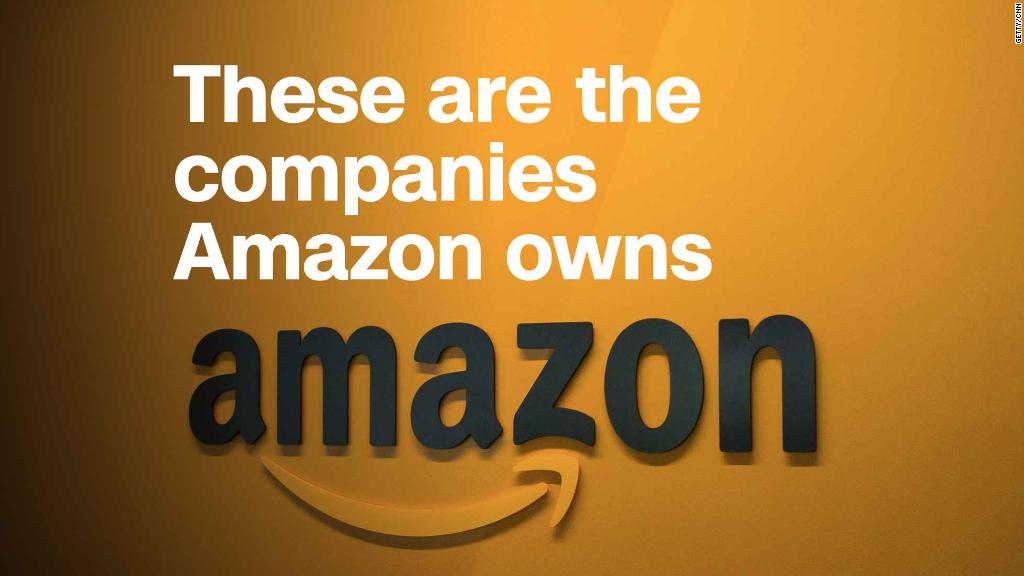
Amazon just sent a clear signal that Whole Foods is ground zero in its plan for world domination.
On Wednesday, the online retailer announced that Amazon Prime members would get an additional 10% off sale items when they shop at Whole Foods.
The discount will apply to hundreds of products throughout stores. To cash in, shoppers just need to sign into Prime on their Whole Foods app, and then scan the app at checkout.
The strategy here is clear. Amazon (AMZN) wants to get more Whole Foods shoppers to join Prime. And more importantly, it wants to get more Prime members into Whole Foods.
"Maybe grocery is to Amazon in the next decade what books was in the '90s," said Michael Pachter, an analyst at Wedbush.
Related: Amazon's Alexa is the biggest challenge for brands since the internet
There are more than 100 million Amazon Prime subscribers around the world. At least 60 million subscribers are in the United States, Pachter estimated.
Amazon — aided by Prime — has a lock on sales of all types of products. But it's still a small player when it comes to groceries.
Right now, Whole Foods accounts for about 2% of US grocery sales, Pachter said. That leaves a ton of room for growth.
"Amazon has a relationship with [about 60 million households] in the US, and [these people] are definitely big consumers," Pachter said. "Why not drive their traffic into Whole Foods?"
The new 10% discount follows other promotions aimed at encouraging Prime members to do their grocery shopping at Whole Foods. Earlier this year, Amazon gave Whole Foods shoppers who use the Amazon Prime Rewards Visa card 5% cash back on purchases.
The perks are likely to keep coming, said Jim Fosina, CEO of Fosina Marketing Group, a marketing firm for subscription services.
"I think you're going to see much more of Amazon using Whole Foods to become the dominant provider of grocery," he said.
Related: How Amazon made Prime indispensable
Amazon's new discounts will also help court new Prime subscribers. Step by step, it's hammering home the message: If you shop at Whole Foods, it makes less and less sense to do so without Prime.
"Amazon's goal is to increase Prime membership," said Scott Neslin, a marketing professor at Dartmouth's Tuck School of Business. "They believe this locks in the customer and induces them to buy more from Amazon."
There's probably already substantial overlap between Whole Foods shoppers and Prime households, according to Wedbush's Pachter. (It's hard to know for sure, since Amazon is notoriously cagey about sharing company statistics.)
Still, any subscriber pickup is a good thing for Amazon. The company recently raised the price of Prime to $119 per year, up from $99 per year, explaining that the service has been adding new perks.
The growing number of Whole Foods discounts only boosts Prime's value proposition.
"At some point, the Amazon Prime membership may become as critical to the consumer as their cell phone and data plan," Fosina said. "That's what I believe Amazon is aspiring towards."

